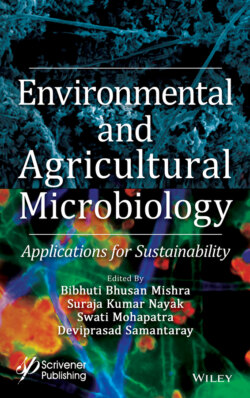Читать книгу Environmental and Agricultural Microbiology - Группа авторов - Страница 53
3.2.1.4 Lead
ОглавлениеLead occupied sixth period and group IV in periodic table [23]. It is a metal generally occurring gray-bluish in color and found as a mineral form binding with other element like sulfur (PbS) or oxygen (PbCO3) and present in small amount in earth crust [16, 23]. It has occupied fifth rank in the production of heavy metals from industry and commonly used in lead storage batteries, solders, bearings, cable covers, ammunition, plumbing, pigments, and caulking [23]. It is also used in many different industrial, agricultural, and domestic applications [16]. Lead exposure to humans and animals occurs through lead contaminated dust particle and consumption of lead contaminated food stuffs and water [39, 40]. Adult peoples are taking 35% to 50% lead particles by drinking water but children are taking more than 50% [41]. In children, it causes toxicity of blood, deficient brainpower, poorer intelligence quotient-IQ, late or diminished growth development, neurobehavioral deformities, reduced auditory perception, speaking and wording disabilities, and unsocial and inattentive activities. In adults, it affects reproduction, such as, in men, reduces sperm count, and in women, continuous miscarriage have been reported due to long time exposure to lead contamination [16]. Sever expose to lead causes brain injury, malfunction of kidney, and different diseases in gastrointestinal track, while the prolonged expose may cause damage to blood, blood pressure, antagonistic effect on central nervous system, damage of kidneys, and trouble in metabolism of vitamin D [16, 39, 40, 42].
